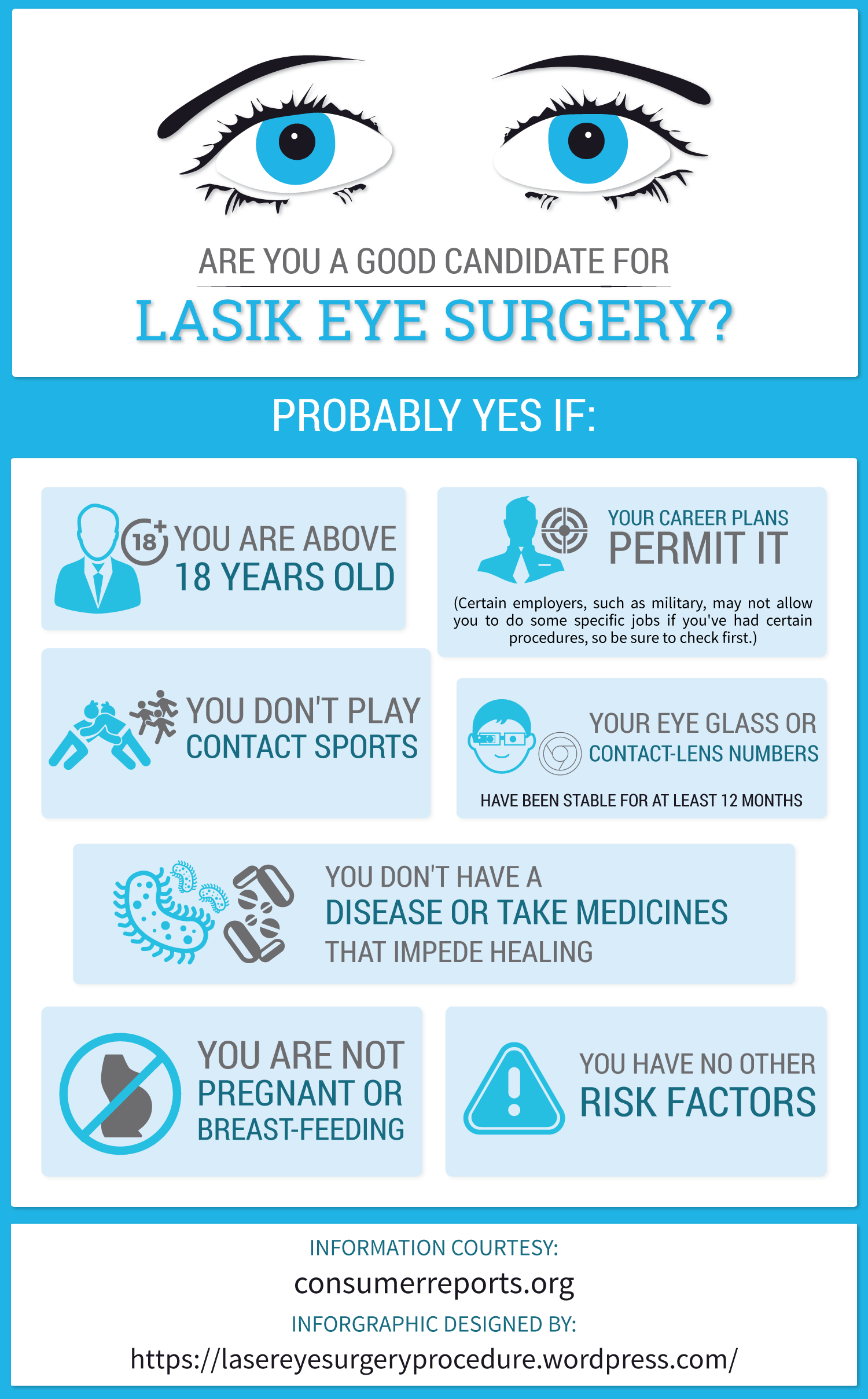Contrasting Traditional Cataract Surgical Procedure To Laser-Assisted Techniques: Benefits And Drawbacks
Contrasting Traditional Cataract Surgical Procedure To Laser-Assisted Techniques: Benefits And Drawbacks
Blog Article
Material Writer-Dean Hebert
When contemplating the option between standard cataract surgical treatment and laser-assisted strategies, you may find yourself weighing the benefits and drawbacks each method offers. The choice goes beyond the surface degree of expense and accuracy, delving into the realm of long-lasting outcomes and person contentment. As you browse via the complexities of these two approaches, it becomes necessary to understand the nuanced information that can significantly influence your aesthetic clearness and total experience. Remain tuned to uncover the important factors that will certainly direct your decision-making process in this vital facet of eye treatment.
Conventional Cataract Surgical Treatment Pros and Cons
When thinking about conventional cataract surgery, you might discover that it's a well-established and widely-used method. In this treatment, a surgeon makes a little laceration in the eye and utilizes ultrasound to separate the over cast lens prior to removing it. Once the cataract is gotten rid of, a synthetic lens is inserted to recover clear vision.
Among the major advantages of standard cataract surgery is its record of success. Many individuals have actually had their vision substantially boosted with this treatment. Additionally, traditional surgical treatment is typically covered by insurance policy, making it a more available alternative for several people.
Nonetheless, there are some downsides to traditional cataract surgical procedure also. Healing time can be longer contrasted to newer strategies, and there's a slightly higher danger of issues such as infection or swelling. Some patients may also experience astigmatism or need reading glasses post-surgery.
Laser-Assisted Techniques Pros and Cons
Discovering laser-assisted techniques for cataract surgical treatment unveils a modern-day method that utilizes laser technology to carry out essential steps in the treatment. Among the key benefits of laser-assisted cataract surgical treatment is its accuracy. The laser enables exceptionally accurate cuts, which can bring about better aesthetic results. In addition, making use of lasers can decrease the amount of ultrasound power needed during the surgical treatment, possibly lowering the threat of issues such as corneal damages.
On the disadvantage, laser-assisted methods can be much more costly compared to traditional methods. Recommended Looking at be covered by insurance, making it much less easily accessible to some individuals.
An additional consideration is that not all cataract surgeons are learnt laser technology, which could restrict your alternatives for choosing a surgeon.
Last but not least, while the laser can automate certain facets of the procedure, the surgery still needs a competent surgeon to ensure effective outcomes.
Relative Analysis of Both Approaches
For a thorough understanding of cataract surgery techniques, it's necessary to conduct a comparative analysis of both standard and laser-assisted methods.
Standard cataract surgery entails manual cuts and the use of portable devices to break up and eliminate the over cast lens.
On the other hand, laser-assisted cataract surgical procedure utilizes advanced technology to create exact incisions and separate the cataract with laser power prior to removing it.
In terms of accuracy, laser-assisted methods supply a greater level of accuracy contrasted to standard methods. Making use of lasers enables personalization of the procedure based on each patient's eye anatomy, potentially resulting in far better visual end results.
However, laser-assisted cataract surgical treatment has a tendency to be a lot more costly than traditional surgery, which might limit availability for some people.
While both techniques work in restoring vision damaged by cataracts, the choice in between conventional and laser-assisted strategies commonly depends upon aspects such as price, precision, and private client requirements.
Consulting with your ophthalmologist can help identify the most suitable method for your cataract surgical procedure.
Final thought
To conclude, when making a decision in between standard cataract surgery and laser-assisted techniques, take into consideration variables like price, accuracy, and private needs. Standard surgical treatment uses a proven performance history and insurance policy coverage but might include longer recovery times. Laser-assisted methods give greater accuracy and customization but can be a lot more expensive and not constantly covered by insurance. Eventually, https://lasik-procedure-cost06283.blue-blogs.com/42503966/a-step-by-step-overview-on-getting-ready-for-cataract-surgical-procedure in between the two techniques depends on what is most important to you and your specific situation.
